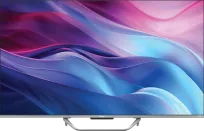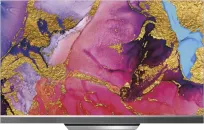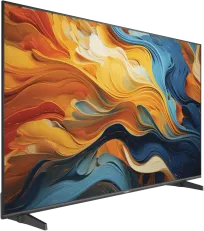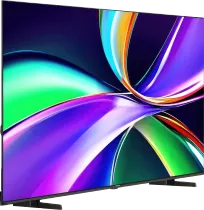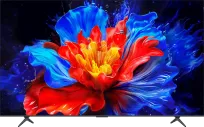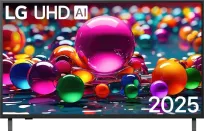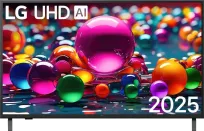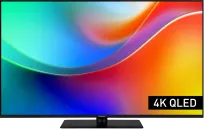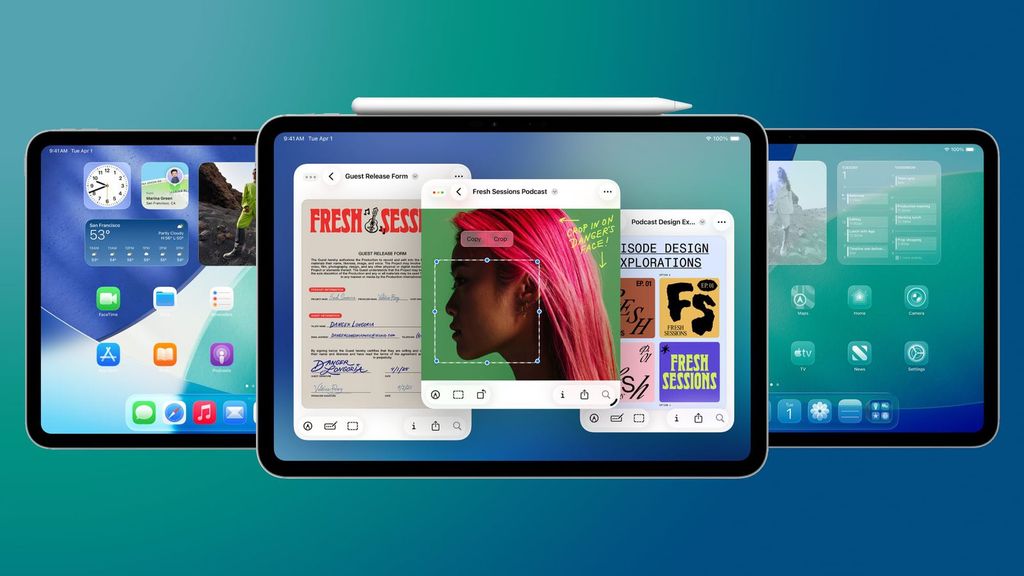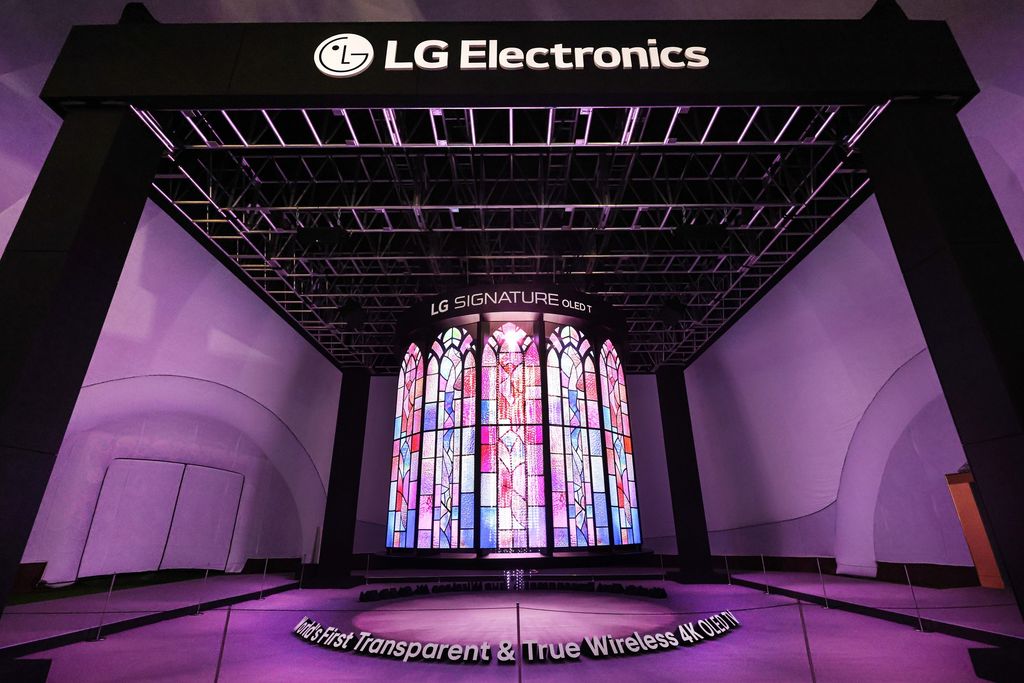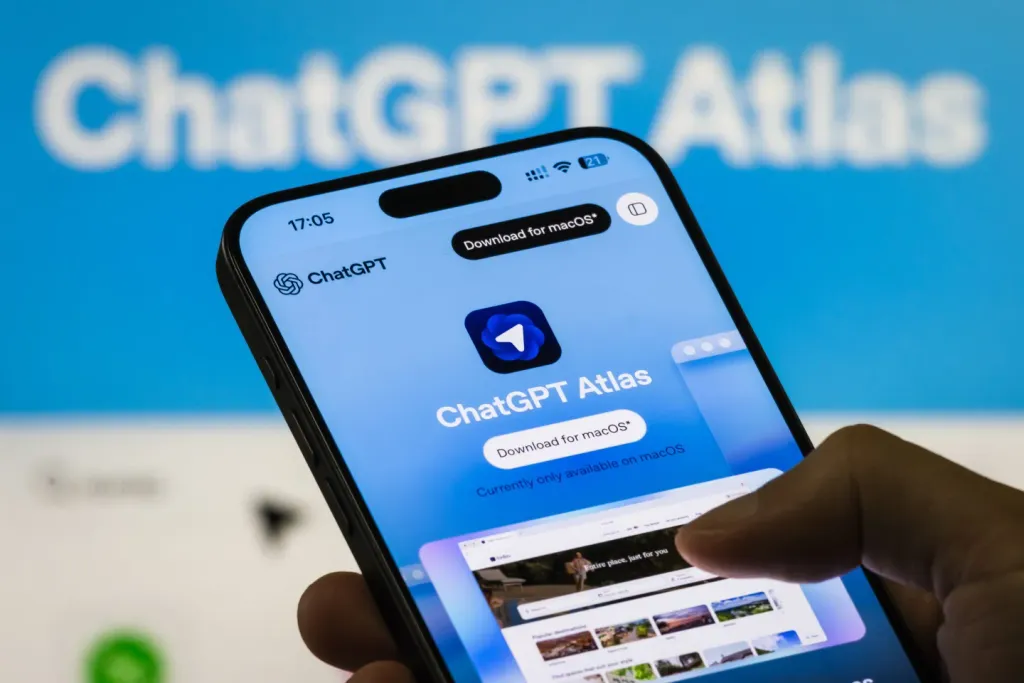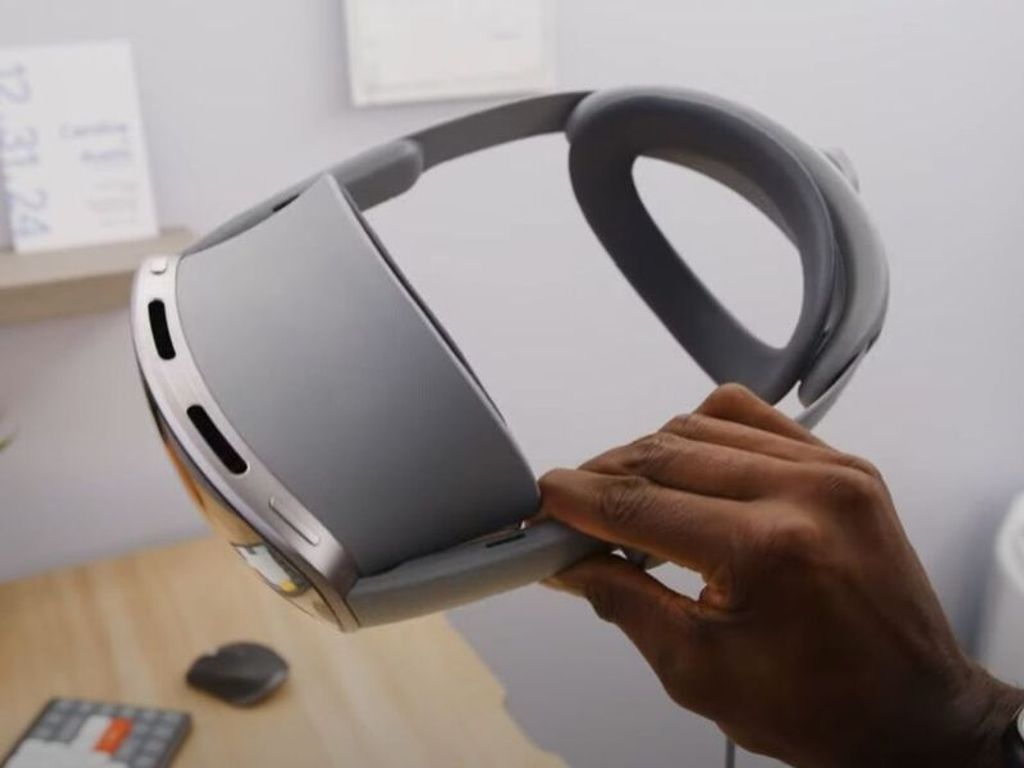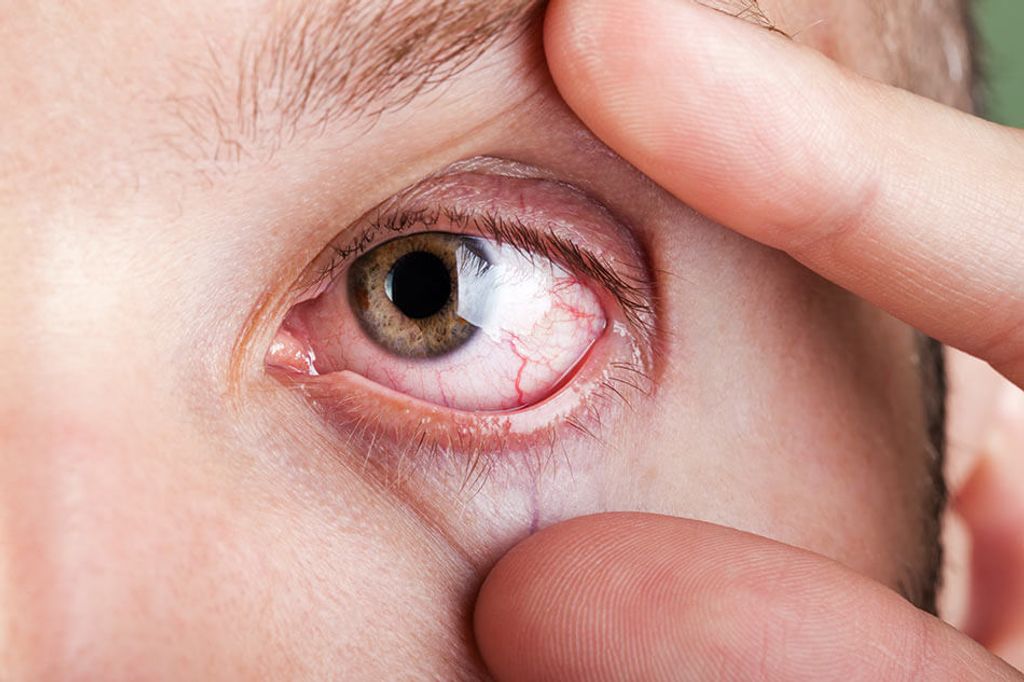
Every year, television manufacturers and tech giants boast about new, "revolutionary" screens. First 4K, then 8K – and today, just a decade after the premiere of the first available UHD models, you can already buy a television with double the resolution. But… can our eyes even notice it?
Where the Meaning of Pixels Ends
This question is not just a matter of marketing or budget. The production and powering of larger screens consume enormous amounts of energy and, consequently, environmental resources. A team of scientists from the University of Cambridge and Meta Reality Labs set out to investigate whether there is such a thing as a "resolution boundary" — a point at which additional pixels become simply... redundant.
New version of the 19th-century eye test
Instead of the classic Snellen chart (the one with decreasing letters at the optometrist), researchers created their own digital equivalent. Their screen allowed precise measurement of how many details the human eye can perceive in various conditions. They did not count the total number of pixels but rather the so-called pixels per degree (PPD) – that is, how many pixels fit within one degree of the visual field. It’s a more realistic measure because it takes into account how far you sit from the screen.
Volunteers looked at sets of patterns in different colours, and scientists checked when they began to notice individual lines. In theory, with so-called 20/20 vision, a person should be able to distinguish details up to 60 PPD. In practice – we often see more.
Grey wins over colour
It has been found that in the case of images in shades of grey, the human eye can detect even 94 PPD, which is half as much again as what the classic Snellen chart suggests. For the colours red and green, the threshold drops to around 89 PPD, and for yellow and purple - even to 53 PPD.
Why? Because our brain is not an ideal colour decoder.
“We do not have the ability to finely distinguish colour details - especially at the edges of the field of vision. Our eyes are quite average, and it is the brain that ‘fills in’ what it considers to be the truth” – explains Dr. Rafał Mantiuk from the University of Cambridge.
What this means for the screens of the future
Understanding how we really see can be hugely significant for designers of new devices – especially in the era of VR and AR, where every pixel counts double. With the new model, it's easier to determine when higher resolution truly makes a difference and when it’s just an artificial race of numbers. Interestingly, the team has also developed a free online calculator that allows anyone to check if their screen has a reasonable pixel density based on the distance and size of the device.
So maybe before you get convinced to buy another “hyper-realistic” 8K television, check if your eyes can actually notice it at all.
Source: popsci.com
 Katarzyna Petru
Katarzyna Petru